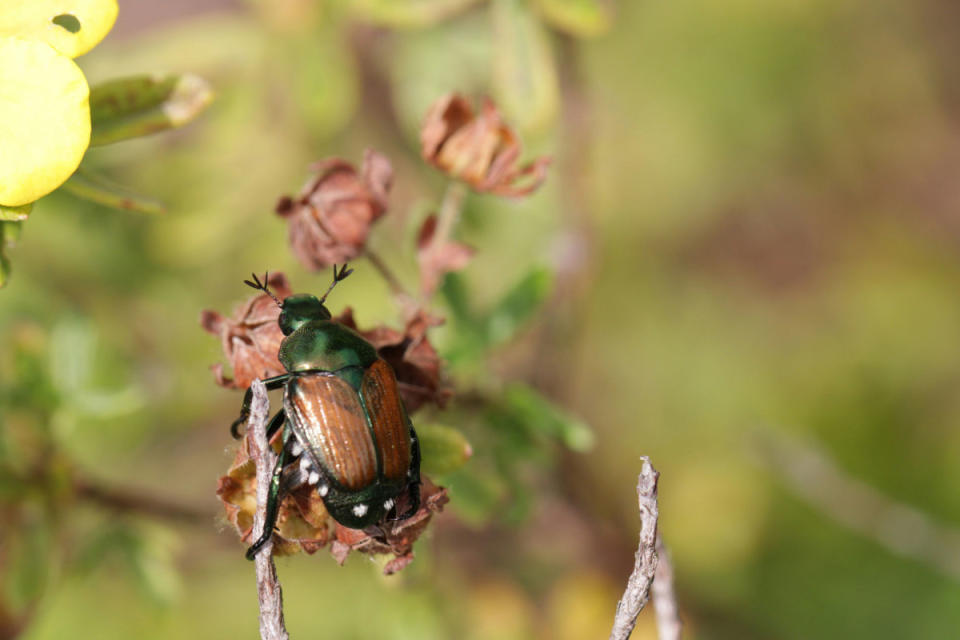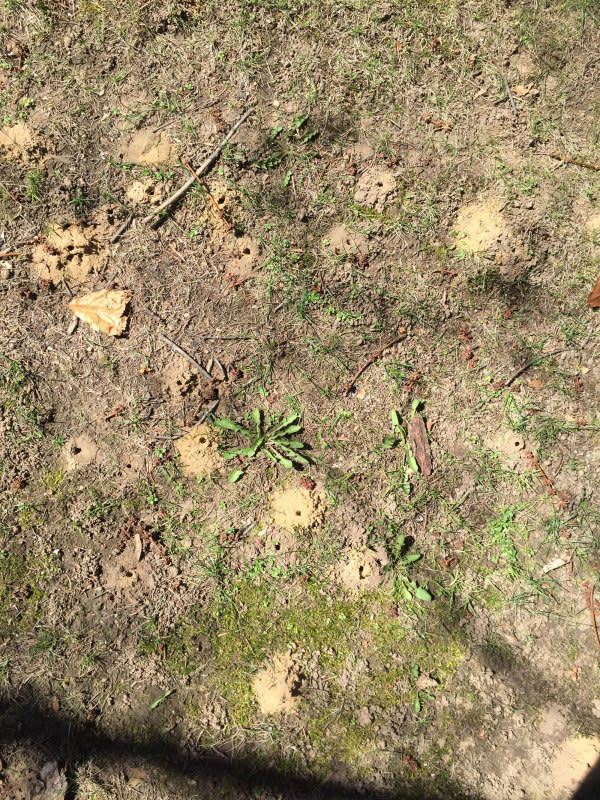How to Treat Your Lawn for Grubs
Have you noticed brown patches of dead grass in your lawn? Are there small, C-shaped larvae lurking beneath the surface? A severe grub infestation can take its toll on your landscape. Grubs are the larval stage of various beetle species, and they're actually very common. In fact, having some presence of grubs isn't harmful at all, but as the population grows, these garden pests can damage the grass roots causing it to wilt and eventually cause large patches of grass to die. If ignored, it can create a breeding ground for other harmful insects.
One way to determine if you have too much grub activity in your yard is to inspect the grass for signs of damage. You might even consider digging around to see how many white grubs you find a few inches deep beneath the surface in one square foot. If you notice dead patches that can be easily pulled up because the roots have been eaten away, it may be a sign of an active grub infestation. Fortunately, grubs are not harmful to humans or pets. In fact, when you have a large grub population you might notice turf damage due to skunks, raccoons, and birds trying to unearth these critters for a snack.
Determining a "healthy" amount of lawn grubs is subjective. Some experts suggest that having a few mature grubs in your lawn is normal and can even be beneficial, as they help to break down organic matter, but there is a case to be made for managing the population of full-grown grubs to prevent lawn damage.

Photo by Inna Kupchenko on Unsplash
How to Treat Your Lawn for Grubs
"Having a preventative product applied before September is important to successfully control future grub populations," shares Dr. Roger May, TruGreen’s director of technical operations. A few of the common treatments include chemicals like imidacloprid, thiamethoxam, chlothianidin, and chlorantraniliprole. The product of choice can vary based on your geography and the time of the year.
He adds, "It’s also important to water in the control product after treatment is made to make sure the active ingredient reaches the area the active grubs are hanging out."
Paying for a lawn treatment offers many homeowners peace of mind for a severe infestation. "If homeowners pay for a preventative grub treatment and grub damage occurs in their lawn within the current season, there’s an opportunity to repair the damage at no additional cost to the customer—it’s like insurance for your lawn," notes May.
"Watering your lawn during times of drought and mowing to the recommended height will allow the turf to build a strong root system and help withstand grub damage," reminds May. Drought stress puts your grass roots to the test, and prioritizing lawn health goes a long way against protecting your property from pests.

Emily Fazio
Are natural treatments effective?
When done properly, yes, natural solutions can help with grub control. And actually, proper watering every week is the best preventative measure. "Watering your lawn during times of drought and mowing to the recommended height will allow the turf to build a strong root system and help withstand grub damage," reminds May. Prioritizing lawn health goes a long way against protecting your property from pests.
Additionally, beneficial nematodes can also reduce damage from grubs. These microscopic worms must be spread on your soil in the evening or on an overcast day. They burrow into the soil and target certain types of grubs to manage the population.
Milky spore is another treatment, but it won't work for all species of grubs—it only targets Japanese beetle grubs. Depending on your region, this bacterium can help manage the larvae stage to reduce the presence of adult beetles.
Related: 10 Lawn Care Chores You Can Do Now That it’s Spring
What other pests can damage your lawn and gardens?
Chinch Bugs
Sod Webworms
Armyworms
Cutworms
Billbugs
Aphids
Spider Mites
Japanese Beetles (adult)
Moles

